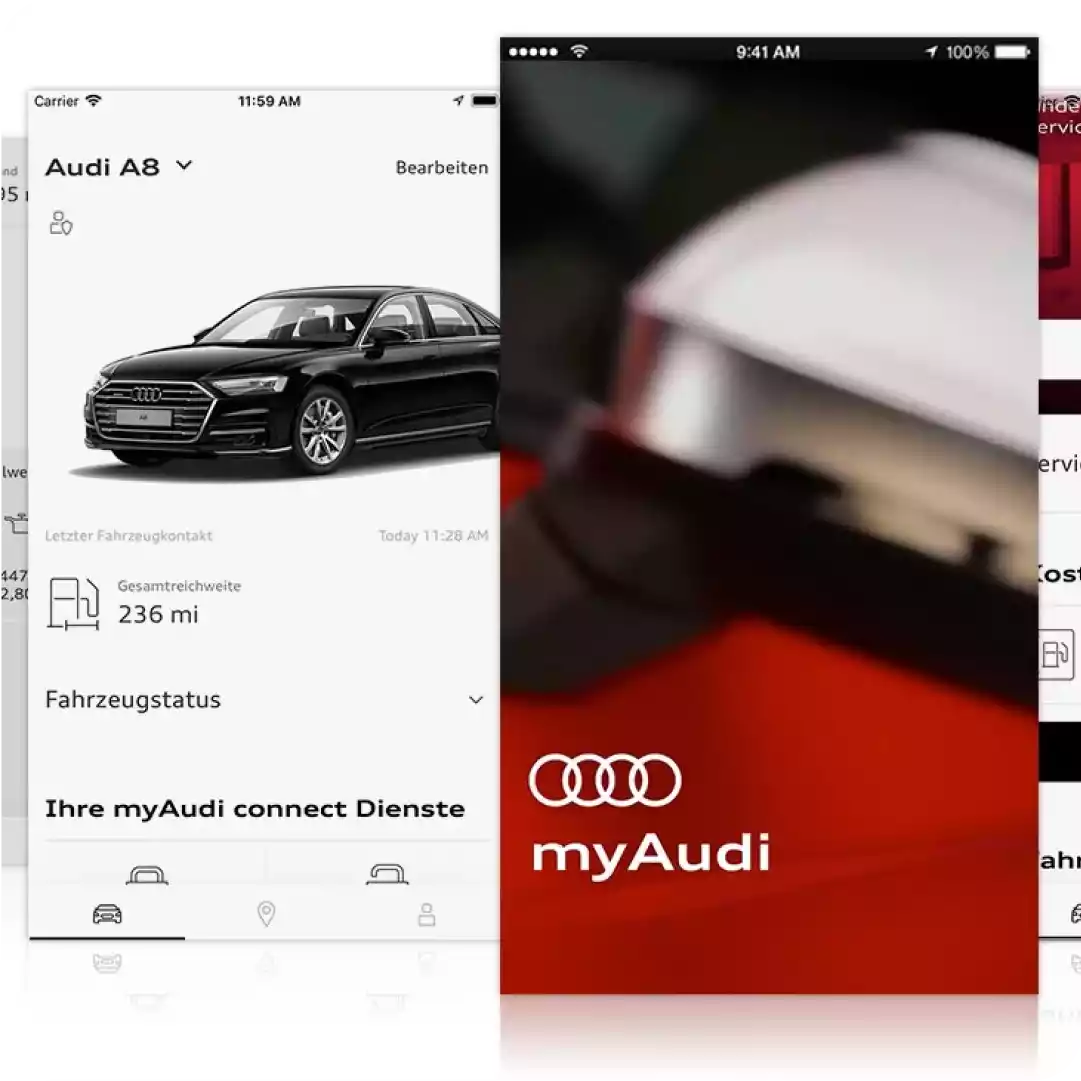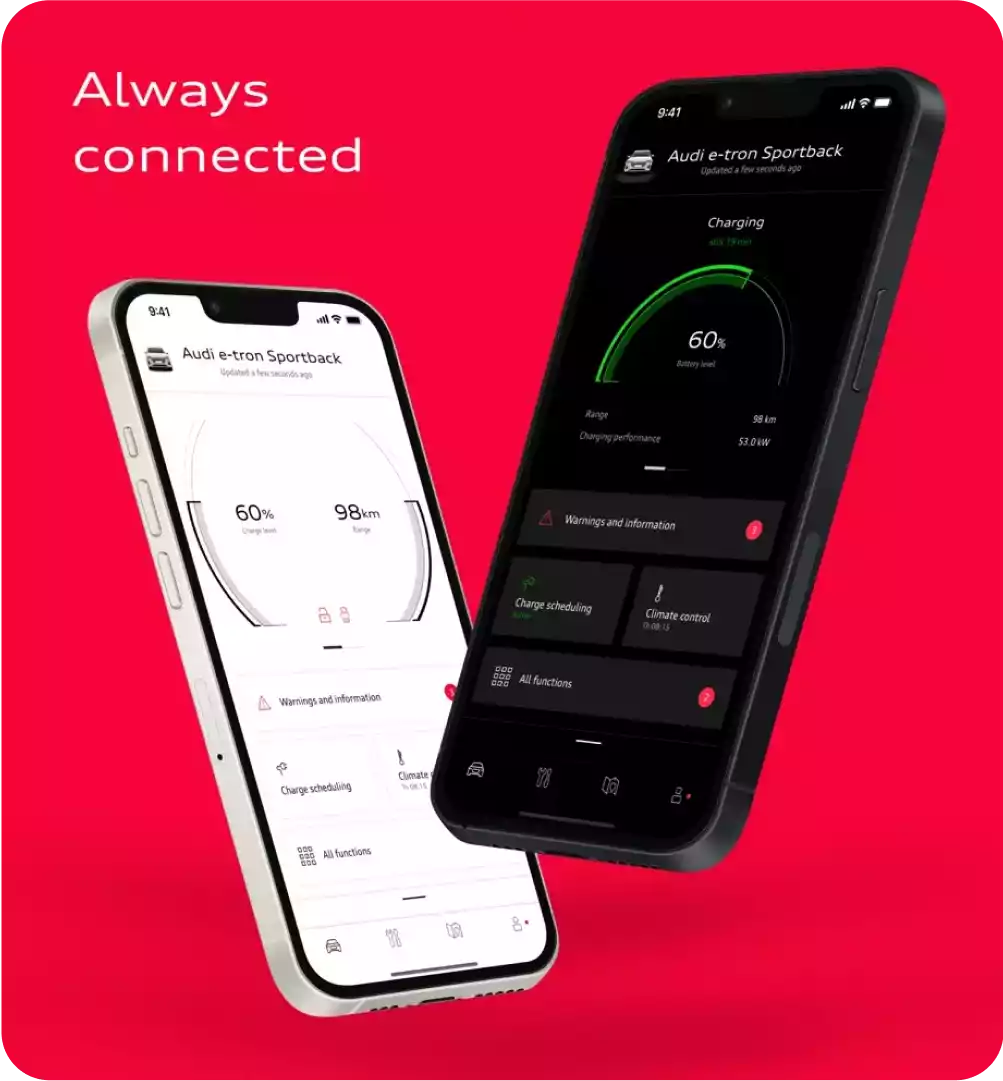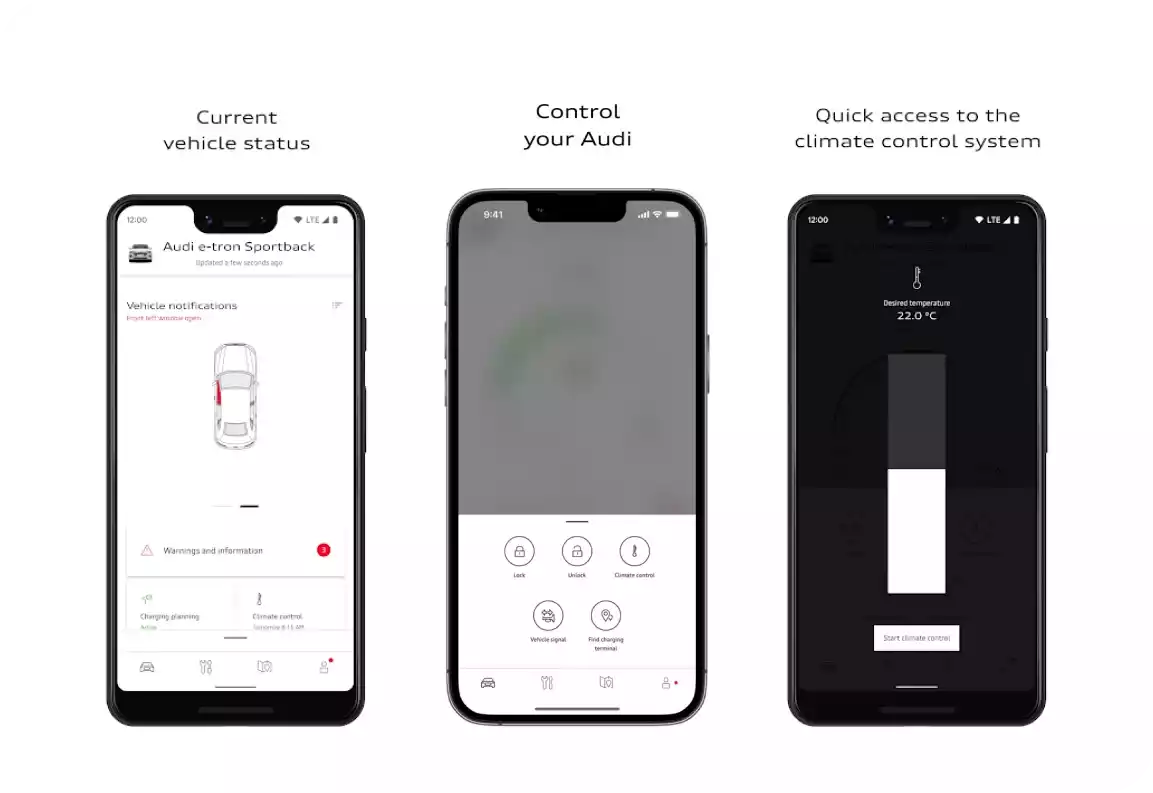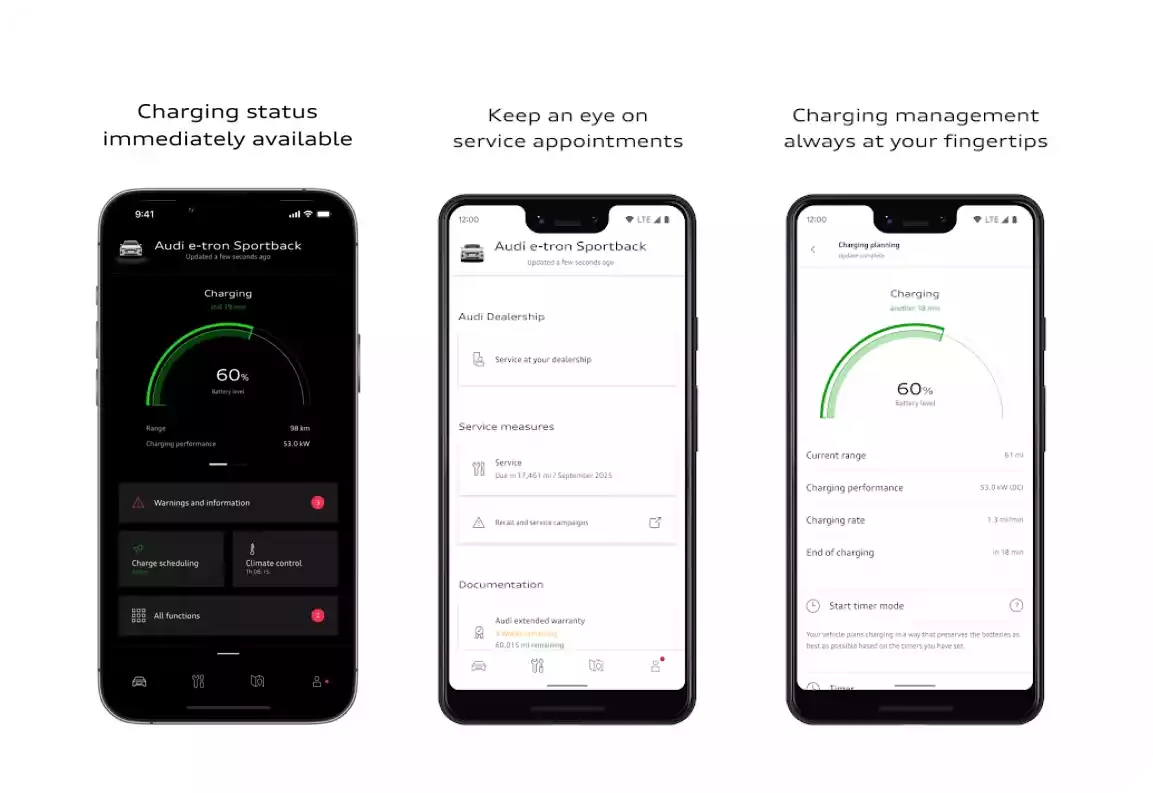AUDI: Vision EC project
WeSoftYou implemented and developed automation testing and CI/CD processes for AUDI's myAudi systems.
Visit websiteIndustry
Automotive
Project duration
April 2020 - Dec 2022
Country state
Germany
Team
4 members
Technology
Testing for AUDI AG in a partnership with VIsion EC 🏃
The WSU team was responsible for the conception, implementation and further development of test automation and application tests of the myAudi frontend and backend systems. We were also in charge of further development and optimization of the test processes, as well as the implementation of load tests with various testing tools.

Results ✨
Regression testing
By using end-2-end test automation, along with the AUDI AG we successfully streamlined regression testing
Auto- matization
Testing process automatization
Errors fixed
Identified and demonstrably fixed sporadic errors that helped AUDI AG smoothen the further process
Code transfusion
Code transfusion between different servers
Project goals ⚡️
Real-time vehicle information and monitoring for users to stay updated on petrol levels, range, service appointments, and alerts
Seamless trip planning and navigation integration, allowing users to plan trips and send destinations/routes directly to their vehicle
Enhancing user experience and convenience by providing comprehensive features for a more enjoyable and hassle-free Audi ownership
Challenges ⛰
01.
Adapting the CI/CD Testing Automation framework to Audi's digitization, electrification, and autonomous driving initiatives, while staying compatible with new technologies
02.
Addressing intricate interactions between multiple systems, testing data exchange, and ensuring seamless functionality across the myAudi ecosystem
03.
Incorporating rigorous security and safety testing, evaluating vulnerabilities, resilience against cyber threats, and verifying fail-safe mechanisms
04.
Testing the framework's ability to handle increasing loads, ensuring optimal performance, and identifying potential bottlenecks or performance issues
The process 🚧
The QA process involves several stages, including requirements analysis, test planning, test design, test execution, and defect tracking. It is essential to define clear acceptance criteria and ensure they are tested before release. The use of automation tools, such as test automation frameworks, continuous integration, and continuous testing, can help to enhance efficiency and minimize manual effort. Creating test reports that summarize testing results and provide insights into the application’s quality helps QA engineers share with project stakeholders and with the team.
Stages 🎢
01.
Requirements analysis entails examining the project requirements and pinpointing any potential risks or difficulties. This involves assessing the project documentation, comprehending the business requirements, and detecting any gaps or discrepancies.
02.
Test planning involves creating a comprehensive plan outlining the testing approach, test objectives, test cases, and test data based on gathered requirements. Test plan review and approval by the project stakeholders.
03.
The test design phase includes producing elaborate test cases and utilizing the requirements and test plan as reference points by the QA team. The test cases are formulation to encompass all potential scenarios and confirm that the application fulfills both functional and non-functional requirements.
04.
QA engineers take care of the test execution by applying them to the application to discover defects and validate that the application adheres to the requirements.
05.
Defining clear acceptance criteria for each feature and user story, and ensuring that they are tested before release.
06.
During the test execution phase, any identified defects are recorded in a defect tracking system. The QA team monitors and handles defects until they are resolved and marked as closed.
07.
Usage tools such as test automation frameworks, continuous integration, and continuous testing to enhance efficiency and minimize manual effort
08.
Creating test reports that summarize the testing results and providing insights into the quality of the application. Sharing test reports among project stakeholders, including the development team and project managers.
09.
Reviewing the test results and closing out the testing effort. Creating any necessary documentation like Test Summary Report, Defect Report, Release Notes, etc.
Team composition 👨💻
2 AQA
1 AQA Tech Lead
1 AQAOps – DevOps
Technology stack ⚙️
Technologies: Python, Pytest/unittest, python request, Selenium, Appium, Docker, Flask, Jenkins
Core features 💻

Providing the continuous project's quality
- By analyzing server logs, error rates, and other relevant data, the monitoring system actively searched for signs of malfunctions or anomalies. This allowed the team to identify and address potential issues before they could impact the end-users' experience. The system helped to ensure the stability and reliability of the myAudi app by proactively monitoring and managing potential problems

Load testing of the myAudi app
- Conducting rigorous load tests to assess the app's performance under various user loads and identifying potential bottlenecks or performance issues

Digitalizing the network of Audi vehicles
- Enabling seamless connectivity and communication between Audi vehicles, allowing for real-time data exchange, remote control functionalities, and enhanced user experiences

Implementing high-performance functions of the product
- Incorporating advanced and efficient features into the myAudi app to provide users with enhanced performance, responsiveness, and functionality for a superior user experience
More case studies
Do you want to start a project?
Meet us across the globe

United States
66 W Flagler st Unit 919 Miami, FL, 33130
Europe
109 Borough High St, London SE1 1NL, UKProsta 20/00-850, 00-850 Warszawa, Poland
Vasyl Tyutyunnik St, 5A, Kyiv, Ukraine
Av. da Liberdade 10, 1250-147 Lisboa, Portugal



















